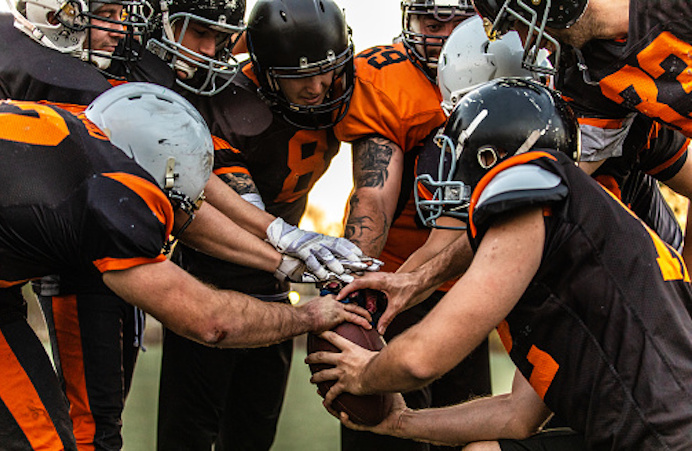
Universities and colleges must follow the NCAA’s agreed-upon procedures for submitting financial data. Here’s a summary of key 2020 changes to the ...
Key insights
- Colleges and universities with Division I or II athletic programs must have AUPs performed regularly by a qualified, independent accountant.
- Though the NCAA’s 2020 AUPs haven’t changed much, there are a few key items your institution and audit team should note.
- The 2020 changes include revised revenue and expense categories, minimum AUPs, and more.
Need clarity around the NCAA’s recent changes to AUPs?
While the NCAA’s agreed-upon procedures (AUPs) have been standard for a long time, there have been several significant changes in recent years. The 2020 procedures do not contain as many changes as previous editions, but there are a few key items your institution and audit team should understand.
First, here’s a quick primer on AUPs for the uninitiated: the NCAA requires its member institutions to submit financial data that details operating revenues and expenses related to intercollegiate athletic programs. The data is subject to AUPs performed by a qualified, independent accountant, and must be certified by the institution’s president or chancellor.
Colleges and universities with Division I programs must have AUPs performed every year. Division II programs must have AUPs performed every third year.
If you’re a higher education professional, it’s important to stay abreast of AUP requirements. Below,we’ve provided a brief summary to help you identify and understand the most recent changes to those requirements.
Appendix A: 2020 revised revenue categories
- Category 7:Guarantees —While the fundamentals of this category remain the same in 2020, the amounts also include payments received due to game cancellations.
- Category 13A: Conference Distributions of Bowl Generated Revenue—The amounts for revenue generated from conference distributions of post-season bowl games should only be for football.
- Category 19: Bowl Revenues—The amounts received related to the participation in a post-season bowl game should only be for football.
Appendix B: 2020 revised expense categories
- Category 21: Guarantees —While the fundamentals of this category remain the same in 2020, the amounts also include payments made due to game cancellations
- Categories 22–25: Compensation and Benefits — Categories 22–25 cover salaries, benefits, and bonuses for coaches, support, and administrative staff paid by the university and related entities.New language includes non-taxable benefits given to employees in these amounts. Tuition exemptions given to employees should also be included in categories 22 and 24.
- Categories 41 and 41A: Student–Athlete Meals and Bowl Expenses—All expenditures and coaching bonuses related to the participation in a post-season bowl game should only be for football.
Appendix D:Minimum NCAA AUPs for revenue, expenses, and other reporting items
Procedure 31: Athletic Student Aid — For Division 1 institutions only, equivalences may include expenses related to the student’s cost of attendance for compliance purposes. However, these expenses are not allowed to be included for revenue distribution equivalencies.
Additional agreed-upon procedures
For Sports Sponsorship — For 2019–2020 only, sports that an institution was expected to sponsor in 2020 — but were canceled due to COVID-19—still qualify as a sponsored sport for revenue distribution purposes. This single-year exception is consistent with the intent of the Division I Council Coordination Committee’s decision on March 25, 2020, to grant an extraordinary blanket waiver in light of the impact of COVID-19.
How we can help
CLA’s higher education industry professionals have a comprehensive understanding of these procedures. By serving as your independent accountant, we can help your institution interpret and apply them. In addition, we can offer helpful tips for performing agreed-upon procedures for NCAA compliance.
